Last Updated on March 30, 2013 by stevehoggbikefitting.com
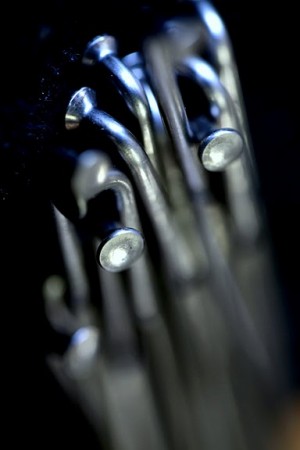
Below is one of many tales available in Steve’s Book, “Tales From a Real Bike Shop” available in the Store:
The University of New South Wales had a cycling club at the time which was run by two customers, Jason Keane and Peter Ryan. They put a lot of time into encouraging first-year students to take up cycling as a sport and tried to develop the interested ones into good riders. They achieved a bit of success at that, and in those days there were always a number of uni riders racing in their distinctive red and yellow checked jerseys in A, B and C grades at Heffron Park on Saturday afternoons.
Jason joked to me one day that he thought he’d found a secret weapon. There was a first-year student from Brisbane whose method of traveling the 1000 kilometres from Brisbane to Sydney for his first semester, was to ride the distance with a back pack, sleeping rough by the side of the road. As a holiday during a two-week break between semesters, the same bloke thought he would see the sights of Adelaide. So he rode the 3000 kilometres roundtrip during the two-week break with back pack on, sleeping by the side of the road, and still had time to spend a few days looking around the city when he got there.
The secret weapon’s name was Barry, and he rode an old, heavy, steel bike with friction gears which was a rattletrap, literally. Every crank revolution there was a clunk, clunk, which was audible in the race and from the side of the circuit. The bike had been a quality bike, but that was 20 years before. There were a few cheap components on it as some of the quality stuff must have been worn out over time by a previous owner or by Barry himself. Barry’s first race was in C grade, and he lapped the field. His second race was in B grade and he finished half a lap ahead on his own. The jump up to A grade stymied him for a while. He could go all day but didn’t have a lot of speed. A month or two of racing A grade cured that problem, and I remember him winning his first A grade race.
I also remember him and the rattletrap getting a close second place to a little known rider in the National Universities’ Championship road race. The little known winner, Robbie McEwen by name, went on to bigger and better things, like Tour de France stage wins and green jerseys.
The thing about Barry was that he either rode 700-plus kilometers a week or he didn’t ride at all. There was no in between with him. When he was on the bike, which was most of the time, he was hard to beat. Cycling seemed to run in the family as his younger brother Klayten followed him down from Brisbane a few years later and won the National Road Championship a few years after that.
There are two kinds of bike riders; those in love with cycling and those in love with equipment. Barry always had second hand or old equipment and was the embodiment of a simple truth about cycling. To be competitive and win bike races, you don’t need the latest and greatest go fast gear. You need a work ethic, the will to win and a love for the sport.
Everything else is an accessory.
Note: Often, more specific answers to your questions can be found in the Comments below or in the eBooks section and FAQ page.
To learn more about bike fit products offered by Steve, click here.
Do you have a bike fit success story? Please go here to share.
Thank you for reading, return to the Blog page here or please comment below.This Post Has 7 Comments
Comments are closed.

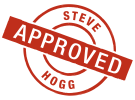
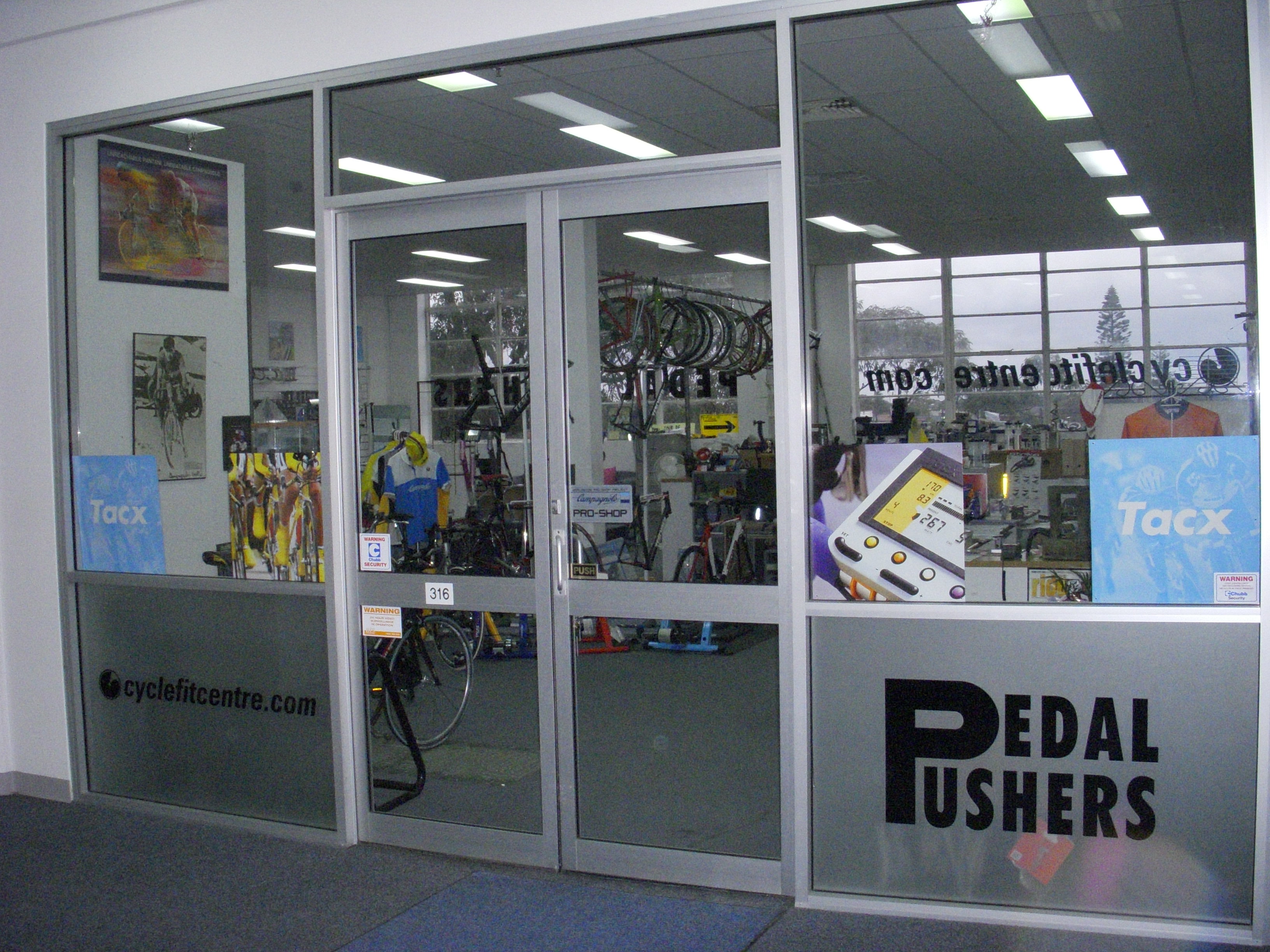
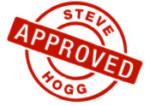
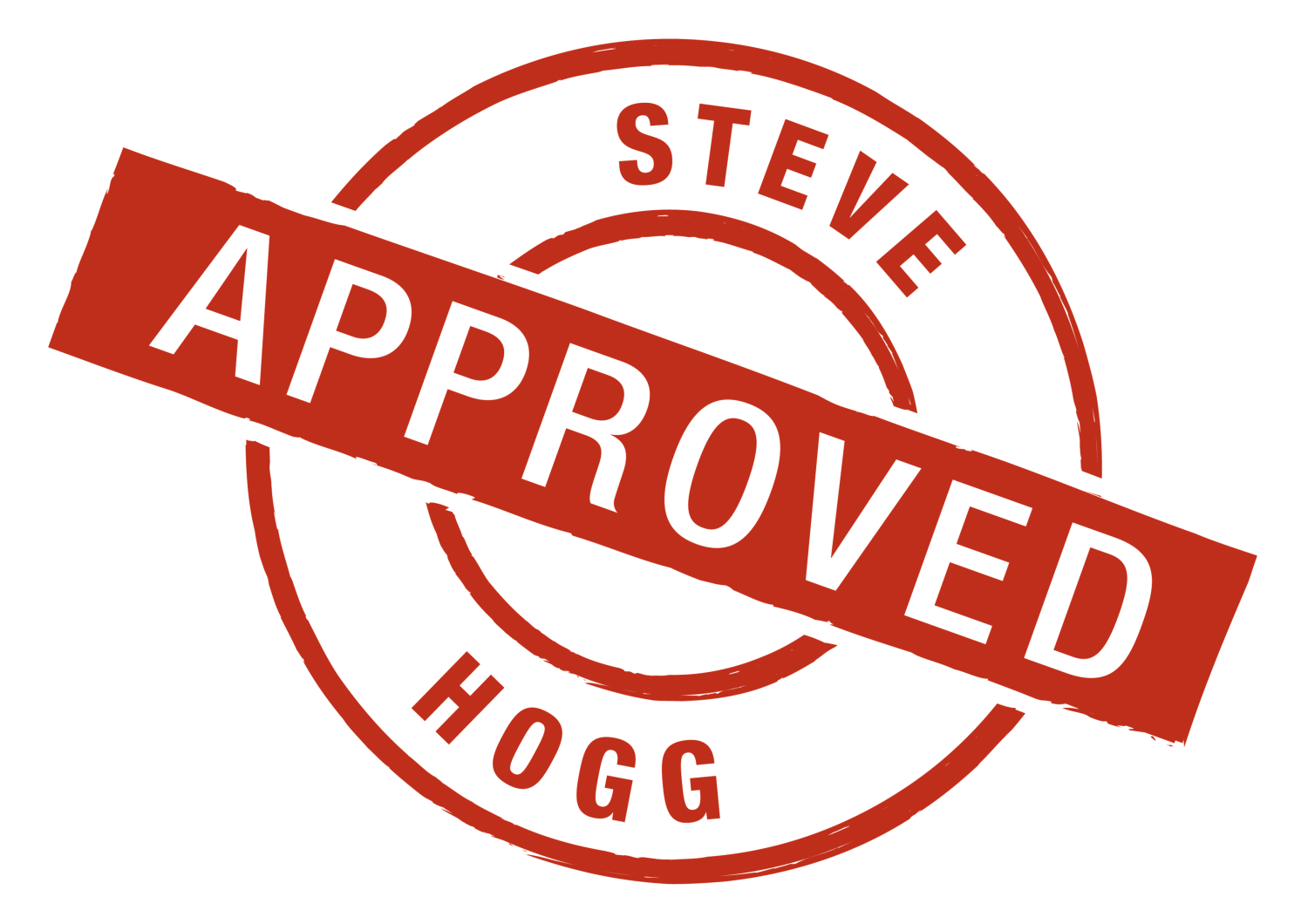


That is a great story. I have been both and glad to say that my second time around in cycling (after many years off chasing other things) I am more like Gary than not … not the 700km a week part (I wish I had that kind of time!). The first time, not so much …
G’day Craig,
I’ve got plenty more!
Thanks for the memories. Not only did we have fairly ordinary bikes, but we ruined a few down nice ones down at Heffron by causing crashes. Fortunately, most of the team were studying medicine or engineering so we had the expertise to be back in action next week.
Barry finished second to McEwen in a 2-man break away from the start line. Barry was too modest to say who did most of the work, but I doubt he missed too many turns.
At one stage, Barry had a few bad tangles with cars in the Eastern suburbs of Sydney and got a bit spooked. So, for a few months rode about 700kms per week around Centennial Park only. Crazy stuff, but at least you could always find a training partner!
People should be aware that in those days cycling was a sport that was far from the mainstream and every second rider was a nut case.
Jason Keane
Well hello Jase!
long time, no see. That’s what the whole book is about.
The odd bods and eccentrics who used to be the mainstream of cycling when it was a marginal activity in this country.
Mmm, took a long time for me to visit this site. I just visited this site to see what Steve H was up to these days. Just a note about the above story, it is physiology that counts for far more than anything else and I am reckoning that Barry had a cardio-respiratory system that was well engineered and I am guessing that something like swimming or some kind of teenage growth stimulus was involved in the making of his physiology to be ideal for cycling. Over my years I found that with regard to the bike it was weight and regidity that made the main difference with regard to acceleration and climbing. This means that with a real clunker it was better for Barry to ride off the front of the peloton since you can minimise the deceleration/acceleration. Position on the bike also makes a difference with regards to efficiency and recovery after riding, but saying this, it is amazing how adaptable our bodies are; well at least while we are relatively young.ps most 75kg cyclists are lucky to ever have the ability to generate a power output of 350W for 30 min and really you need 500+ over 30 min to be internationally competitive. This means that most of us may as well just enjoy the ride.Brent
Great story but eerily close to one I have been told about one of my work colleagues here in Brisbane. Not a competitive cyclist, but one of those who loves just to ride – bit like one of those dogs who loves to run all the time.
So the story goes something like, that he booked a trip overseas and got a really good fare with a particular airline but had to depart from Adelaide instead of Brisbane. No problem: with a few days up his sleeve he rode his bike (I believe with a milk crate attached by bungy cords to carry his travelling clothes) from Brisbane to Adelaide, sleeping rough as you say, along the way. Not sure where he left his bike once in SA , but away overseas he merrily proceeded.
His return flight actually ended right at home in Brisbane.
But when a few days were available, he travelled to Adelaide to retrieve his bicycle, and then proceeded to ride it back to Brisbane again in the same manner.
To this day he still rides everywhere around Brisbane and SEQ – possibly with the same milk crate – and has an encyclopedic knowledge of shortcuts, quiet routes, and possibly good spots to catch some much needed shut-eye.
We did crazy things like this on a smaller scale when we were kids – some people just keep improving on it as they get older.
That trumps “The Secret Weapon” Paul. Brisbane to Adelaide must be 2600 kms. Not an everyday training ride!